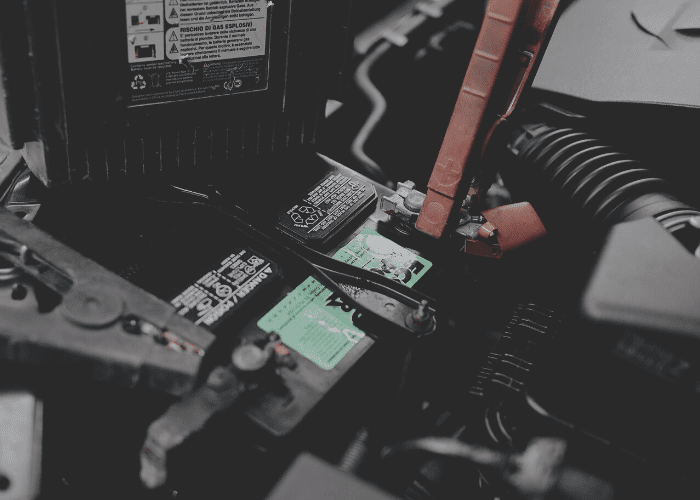RV Batteries Part 5
Absorbed Glass Matt, or AGM, batteries are lead-acid batteries. So, for the most part act quite similar to their flooded cousins and should be mostly treated as such. The advantages to AGM batteries are that they are sealed so acid will not spill out or boil out, and you do not need to add distilled water to replenish electrolytes from lost/spilled acid. Also, because they are sealed, acid will not leak out and corrode your battery terminals and rust your battery tray.
Due to their internal construction they are more vibration resistant and can take physical shocks better than flooded batteries. They are a must for dirt bikes, and ATVs for this reason. In general, they are a bit lighter than standard flooded starting batteries, so you save some weight too.
In general, an AGM battery can act as a starting battery or a deep cycle battery. They can dump energy fast like a starting battery or can drain down slower and deeper and still recover like a deep cycle battery. Some AGM manufacturers claim their deep cycle batteries can be routinely drained down 80%, where with a flooded deep cycle battery you never want to go down past 50%. They can also be charged at a faster rate than flooded.
Because they can cycle energy better, their average life span is claimed to be 50-100% longer than a traditional flooded battery, and they hold their charge over time better than a flooded battery. If your RV is in storage, AMG batteries lose their charge at about ½ the rate of a flooded battery. So, what’s not to like? Beyond price, not much.
A few tips and tricks. First, they should not be charged the same way as a flooded battery. For the most part, the initial charge back to full capacity is fine. But long term, AGM batteries do not like the same float charge as a flooded battery. Overcharging can damage an AGM easier and shorten its life faster than a flooded battery.
If you change to AGMs, you should adjust your charging system to compensate or you will not get the longevity. The one downside is cost. For a similarly sized AGM, the cost is generally more than 2X that of a flooded battery, yet they tend to last 2X longer, so we see that as a positive.
The personal experience I’ve had with an AGM did not pan out. I had an old Jeep that we abused when I was young. That AGM died because something broke in it internally. That old jeep lead a rough life. We bent an axel and cracked the frame in that same 18 months. So, what do you expect? I killed several flooded batteries before that AGM in that Jeep. Back then, the extra money flushed down the toilet for the cost of the AGM hurt. Today, I value the convenience of AGMs more. My class A RV is very heavy and stable. Vibrations and bouncing are not an issue. When my current flooded batteries need replacing, I will probably replace the house batteries with AGMs.



2 Responses
If I change to an AGM battery, how do you adjust the charging system to avoid damaging the AGM battery by overcharging after full charge in my RV?
Typically, nothing needs to be done. AGM batteries are lead acid batteries and therefore act similar to flooded. Modern inverter/chargers typically have two or three stages to charging. Bulk, absorption and float. For bulk and absorption, ideal voltage for AGMs is 14.3V where flooded is 14.4V. Not a big difference. Most voltage regulators in the chargers do not have these tight tolerances. On a float charge, ideal for AGMs is 13.4V vs. flooded at 13.5V. Again, not much of a difference. But if you can adjust your settings in the charger, go for it. Verify your voltages at the battery posts. Don’t rely on the display of the charger.
Depending on where you are and how you will use, if your inverter/charger is very customizable, with new AGMs, you may even want to turn off the float charge section if and only if you can set your charger to start into bulk charging if the battery voltage drains down to about 12.9 or 13.0V. This way, it is not constantly having energy put into it, and the Voltage is maintained high enough that sulfation will not begin.
Two caveats; check your battery vendor for voltage recommendations, and consult your inverter/converter manual.